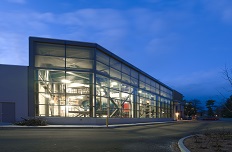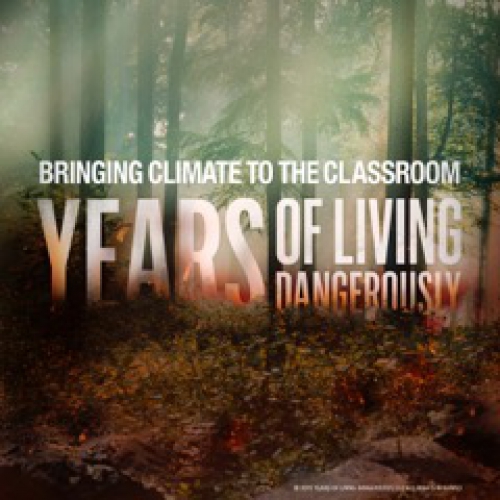Building green and operating sustainability can include using locally sourced construction materials, installing energy and water efficient systems, and hosting events to educate building occupants and maintenance staff on the green features.
There are many ways that you, as a student, can be involved in building management and education:

Participate in Campus Conservation Nationals- an annual competition to reduce energy and water usage on campus.

Advocate that new and large retrofits of existing buildings are designed to earn green building certifications.

Work with facilities to understand how your campus buildings function and ways that energy usage can be reduced.
As institutions of higher learning, colleges and universities often use their green spaces as outdoor learning laboratories. Students may get hands-on training in sustainable agriculture and gardening, for example, or learn how to identify species.
Green spaces also help conserve energy and water, saving money for colleges and universities. Green roofs provide insulation for buildings and filter storm water. Strategically placed vegetation can help cool buildings and outdoor spaces in the summer, while allowing the sun to provide heat in the winter.
Forests, grasslands and other habitats can act as carbon sinks, absorbing and storing carbon dioxide in wood and soils and sequestering it from the atmosphere. And last, but certainly not least, campus green spaces can provide homes for wildlife.







